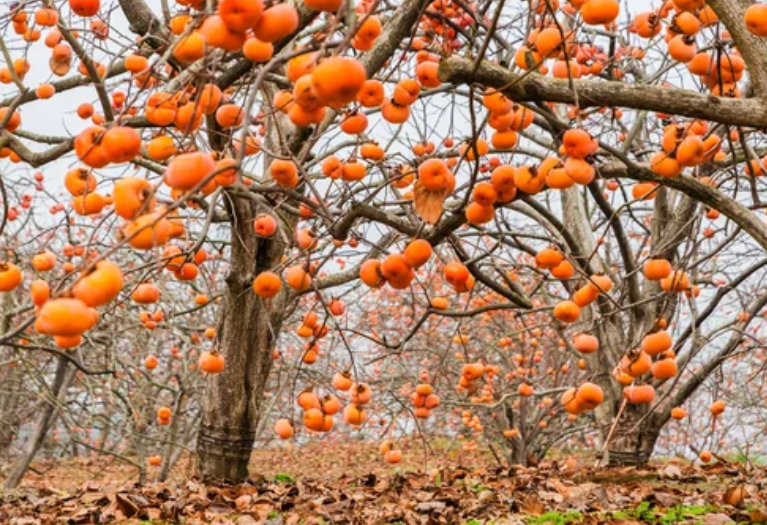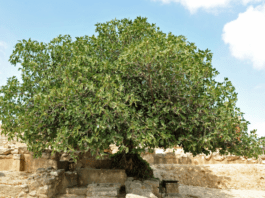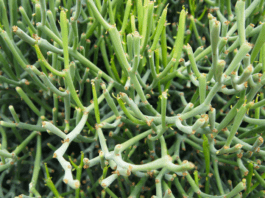
Embarking on the journey of growing persimmon trees from seed is akin to nurturing a piece of nature’s candy in your backyard. The allure of cultivating these vibrant, orange orbs, packed with a sweet, honey-like flavor, is irresistible. But it’s not just about the taste; persimmon trees are a visual feast, too, with their lush green foliage and beautiful fruits. The process, however, is not without its challenges. From selecting suitable persimmon varieties to mastering the art of persimmon tree care, there’s a lot to learn.
When it comes to persimmon varieties, the world is your oyster. The Asian persimmon, with its large, sweet fruits, is a popular choice for many. The American persimmon, on the other hand, is a hardy variety that can withstand colder climates, producing smaller but equally delicious fruits. And then there are the hybrid persimmons, a perfect blend of the best qualities of Asian and American varieties.
Each variety has unique characteristics, from fruit size and flavor to ripening time and hardiness. It’s like choosing between different shades of orange, each with its own story to tell.
Persimmon Varieties
There are two main types of persimmons: Asian and American. Asian persimmons ( Diospyros kaki) are the ones you usually find in grocery stores. They have large, round, orange fruits that can be eaten when firm or soft. Some of the most popular Asian persimmon cultivars are ‘Fuyu’, ‘Hachiya’, and ‘Jiro’. Asian persimmons are best suited for USDA Zones 7-10 and can grow up to 30 feet tall.
American persimmons ( Diospyros virginiana) are native to the eastern United States. They have smaller, oval, reddish-brown fruits that are very astringent until fully ripe. They are often used for baking, jam, or wine. Some of the most famous American persimmon cultivars are ‘Meader’, ‘Early Golden’, and ‘Yates’. American persimmons are more cold-hardy than Asian persimmons and can grow in USDA Zones 4-9. They can reach up to 65 feet tall.
There are also hybrid persimmons that combine the characteristics of both Asian and American persimmons. Some popular hybrid persimmon cultivars are ‘Nikita’s Gift’, ‘Rosseyanka’, and ‘Kassandra’. Hybrid persimmons have medium-sized, orange-red fruits that can be eaten when firm or soft. They are more cold-hardy than Asian persimmons but less than American persimmons. They can grow in USDA Zones 5-9 and reach up to 40 feet tall.
Persimmon Trees from Seed
To grow persimmon trees from seed, you need to start with fresh, ripe fruits. You can collect them from your trees or buy them from a local farmer’s market. Avoid fruits treated with chemicals or stored for a long time.
To extract the seeds, cut the fruits in half and scoop out the seeds with a spoon. Rinse them under running water to remove any pulp and juice. Then, soak them in a water bowl for two to three days, changing the water daily.
Persimmon seeds need cold and moist treatment to break their dormancy. This process is called stratification and can be done indoors or outdoors. To stratify the seeds indoors, wrap them in damp paper towels and place them in a plastic bag or a glass jar. Store them in the refrigerator or a cold cellar for at least three months.
To stratify the seeds outdoors, plant them in tall pots or containers filled with a well-draining soil mix of half potting mix and half perlite. Bury the seeds about two inches deep and leave about three inches of space between them. Place the pots in a protected location where they will receive cold temperatures but not freeze. Cover them with a layer of mulch or leaves to keep them moist.

Persimmon Seedlings
After stratification, the seeds will be ready to germinate in spring when the temperatures rise above 70℉. If you stratified the seeds indoors, plant them in pots or containers as described above. If you stratified the seeds outdoors, move the pots to a warm and sunny location.
Water the soil regularly but not excessively. The seeds should sprout within two to three weeks. Keep an eye on your seedlings and protect them from pests and diseases. You may need to thin out some weaker seedlings to give more space to the stronger ones.
Persimmon Tree Care
Once your seedlings have grown at least six inches tall, you can transplant them to their permanent location. Choose a spot that gets full sun (at least eight hours per day) and has well-drained, fertile soil. Dig a hole twice as wide and deep as the root ball of your seedling.
Place the seedling in the hole and fill it with soil, making sure the root collar is level with the ground surface. Water thoroughly and add a layer of mulch around the tree’s base.
Persimmon trees do not need much fertilizer, but you can apply some organic compost or manure once a year in spring. Prune your trees lightly in winter to remove dead, diseased, or crossing branches. Water your trees regularly during dry periods, especially when they are young or bearing fruit.
Persimmon trees are self-fertile, meaning they do not need another tree for pollination. However, having more than one tree can increase fruit production and quality. Persimmon trees can start bearing fruit within six years of planting, depending on the variety and growing conditions.
Harvest the fruits when they are fully ripe, usually in late fall or early winter. Enjoy your homegrown persimmons fresh, dried, or cooked.
Conclusion
Growing persimmon trees from seed is a rewarding and fun project. You can enjoy the beauty of these trees and their delicious fruits for many years. All you need is some fresh persimmon seeds, some pots and soil, and some patience and care. Try it yourself and share your results. Happy growing!




